Jazz and Blues
Jazz and blues are uniquely American musical genres that developed in the late nineteenth century among African-American communities in the deep south.
The characteristic sound of blues derives from the use of chromatically altered tones and a standard 12-bar harmonic progression. Blues music may tend to the melancholic, but it not universally sad. Sultry might be a better descriptive given the prevalence of sinuous chromatic interjections in secondary lines.
Traits of the blues were incorporated into the jazz style, but to characterize blues as being ancestral to jazz is to deny its rightful place as a distinct and important musical genre.
Jazz, on the other hand, is a much broader genre spanning several decades and incorporating many distinct styles: big band, the “cool school,” swing and jazz fusion, to name a few. Jazz typically incorporates the blues scale and altered tones (blues notes) of the blues genre, but does not necessarily follow the 12-bar blues harmonic form. Much jazz also builds on the rhythmic complexities of ragtime, and jazz is more often purely instrumental than is blues. There is significant crossover between the two, however, and a lot of great tunes could be classified in both categories.
-
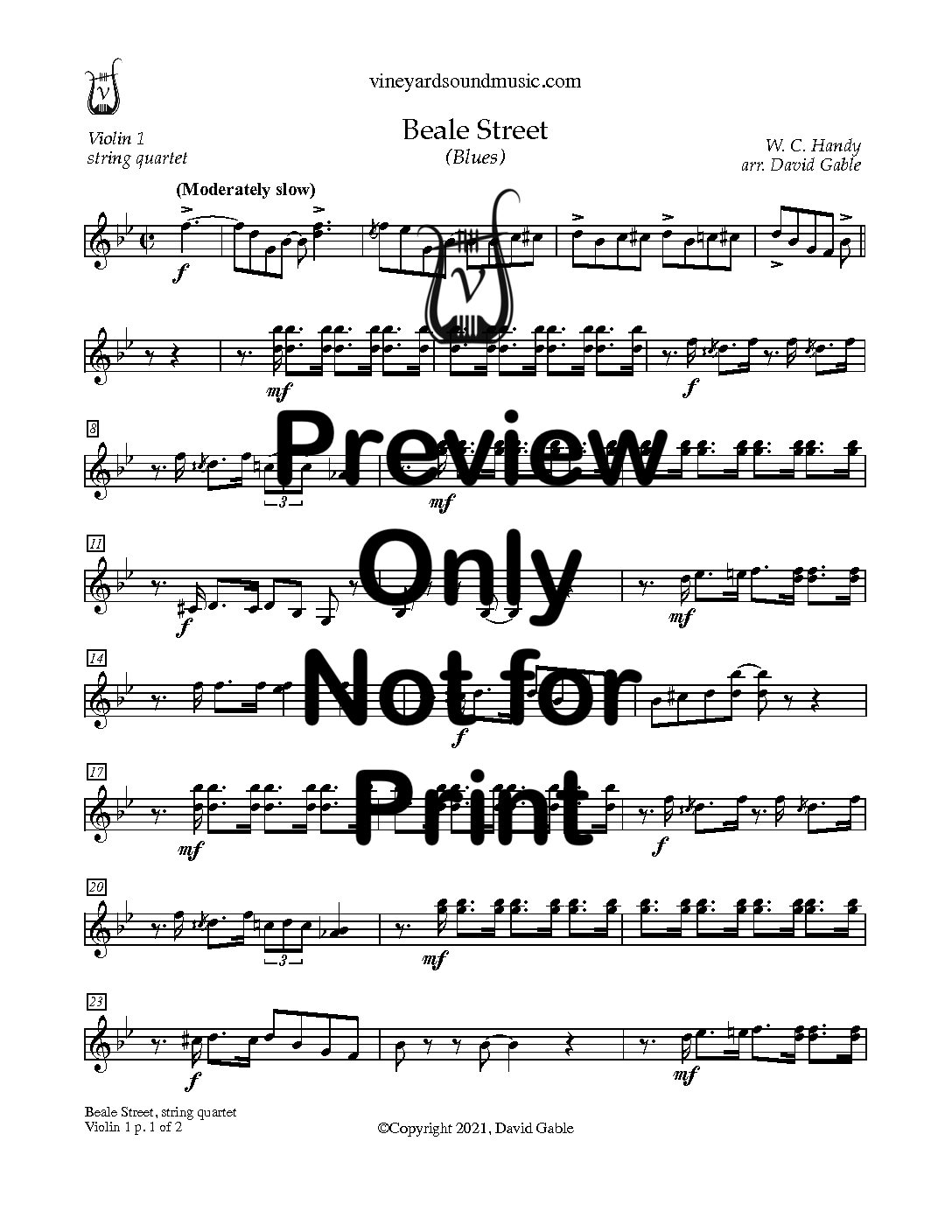
Beale Street Blues (string quartet)
$5.99 Add to cart -
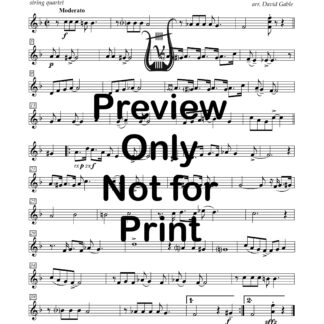
Bell Hop Blues (string quartet)
$3.99 Add to cart -
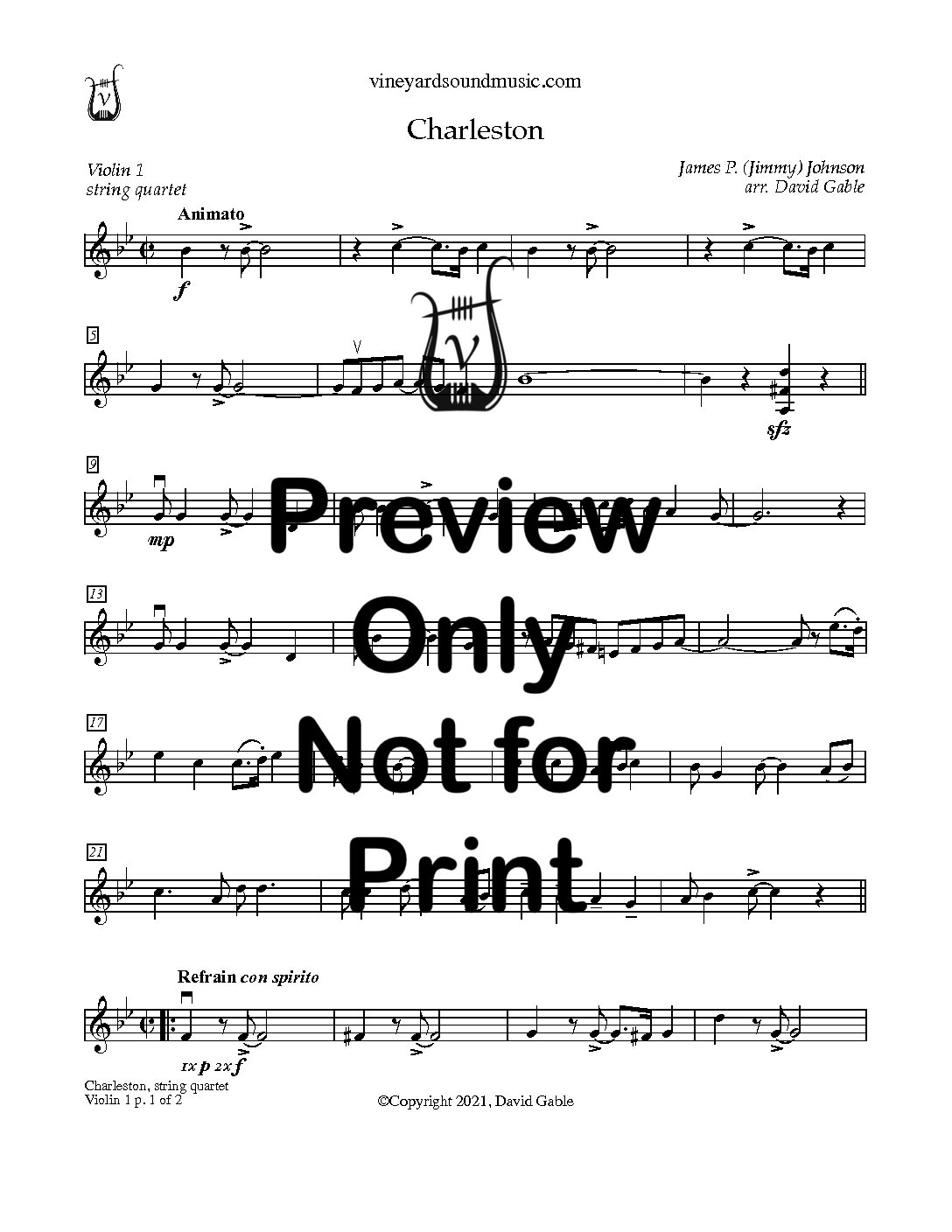
Charleston (string quartet)
$5.99 Add to cart -
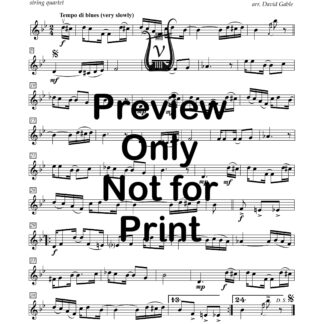
Dallas Blues (string quartet)
$3.99 Add to cart -
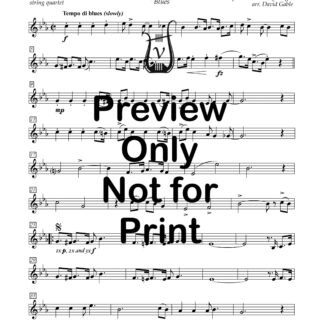
Early in the Morning: “Blues” (string quartet)
$5.99 Add to cart -
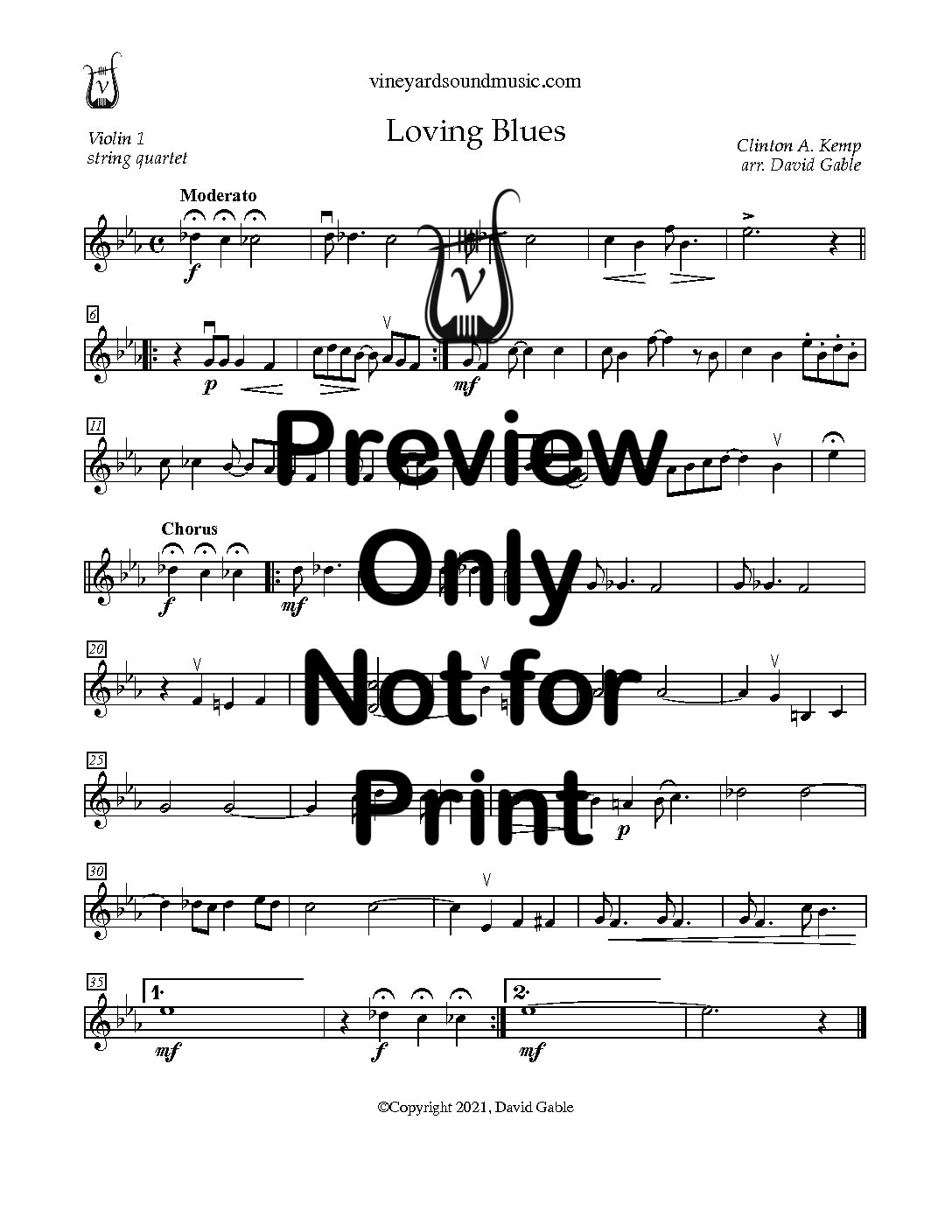
Loving Blues (string quartet)
$3.99 Add to cart -
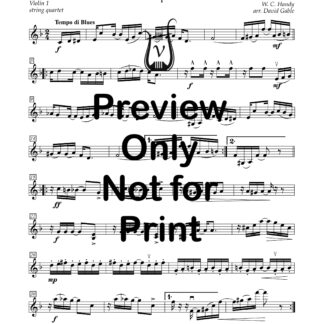
Memphis Blues, The (string quartet)
$5.99 Add to cart -
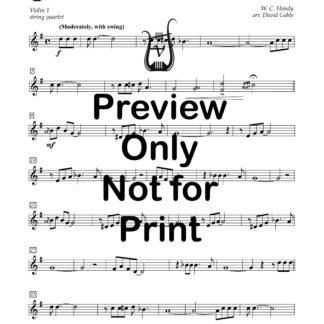
St Louis Blues (string quartet)
$5.49 Add to cart -
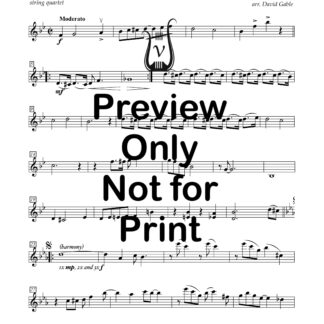
Wabash Blues (string quartet)
$5.99 Add to cart
